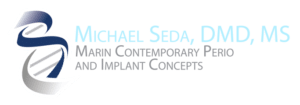Gingival enlargement is the presence of the increased size of gingiva or gums. It is a common condition associated with gingival disease. Gingival enlargement can be caused by numerous factors which may include inflammatory conditions or be the side effect of specific medications. The treatment for the condition is determined based on the cause.
Classification
In the past, the terms gingival hyperplasia and gingival hypertrophy have been used to describe this condition. Because these terms are strictly histologic diagnoses, and such diagnoses require microscopic analysis of a tissue sample, these are not accurate descriptions of gingival enlargement. While hyperplasia refers to an increased number of cells, hypertrophy refers to an increase in the overall size of the individual cells. These identifications cannot be performed with a clinical examination and evaluation of the tissue, the term gingival enlargement is a more accurate description. Gingival enlargement has been classified according to cause and divided into five general groups which include:
- Inflammatory enlargement
- Drug induced enlargement
- Enlargement associated with systemic diseases or conditions
- Neoplastic enlargement
- False enlargement
Causes
Inflammatory enlargement
Gingival enlargement can be caused by a multitude of different things. The most common cause is chronic inflammatory gingival enlargement. This results in gingivae which are soft and discolored. This is caused by tissue edema and infective cellular infiltration which is caused by a prolonged exposure to bacterial plaque. This condition is treated using conventional periodontal treatment which may include scaling and root planing.
Gingivitis and gingival enlargement are commonly seen in patients who are mouth breathers. It is a result of irritation brought on by surface dehydration.
The accumulation and retention of plaque is the chief cause of inflammatory gingival enlargement. Risk factors include poor oral hygiene, as well as physical irritation of the gingiva by improper restorative and orthodontic appliances.
Enlargement associated with systemic factors
Many systemic diseases can cause oral manifestations which may include gingival enlargement. Some of which are related to conditions and others that are related to disease:
- Conditioned enlargement
- Pregnancy
- Puberty
- Vitamin C deficiency
- Systemic diseases causing enlargement
- Leukemia
- Granulolomatous diseases, such as granulomatosis with polyangiitis, sarcoidosis, or orofacial granulomatosis.
- Neoplasm
- Benign neoplasms, such as fibromas, papillomas and giant cell granulomas
- Malignant neoplasms, such as a carcinoma or malignant melanoma
- False gingival enlargements, such as when there is an underlying bony or dental tissue lesion
Management
The first solution for treating gingival overgrowth is an improved oral hygiene. The goal is to ensure that the plaque is thoroughly removed from around the necks of the teeth and gums. Situations where the chronic inflammatory gingival enlargement include a significant fibrotic components, which do not respond to and can even undergo shrinkage when exposed to scaling and root planing, are treated with surgically removing the excess tissue. This is usually completed using a procedure which is known as a gingivectomy.
In cases of drug influenced gingival overgrowth (DIGO), improved oral hygiene and controlling plaque are still critical in helping to reduce any inflammatory component which may contribute to the overgrowth. Reversing and preventing gingival enlargement that is caused by drugs can be as simple as ceasing drug therapy or substituting the current medication for another drug. However, this is not an option in all cases. Another solution is alternative drug therapy which can help to avoid this chronic side effect. In the case of immunosuppression, tacrolimus is an available alternative which usually results in far less severe gingival overgrowth compared to cyclosporin, however, it is similarly as nephrotoxic. The dihydropyridine derivative isradipidine can be used to replace nifedipine for some uses of calcium channel blocking and does not induce the same level of gingival overgrowth.
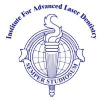




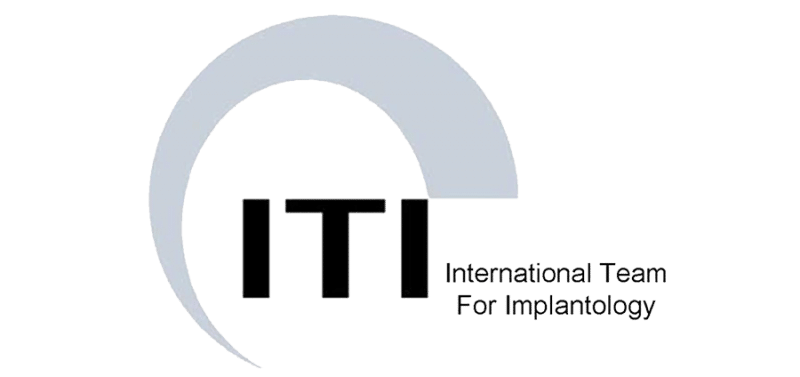
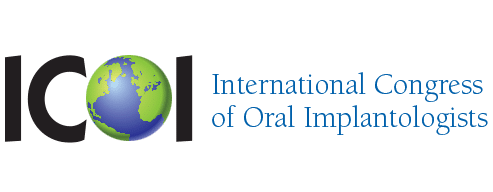
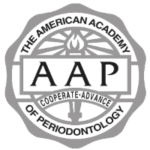
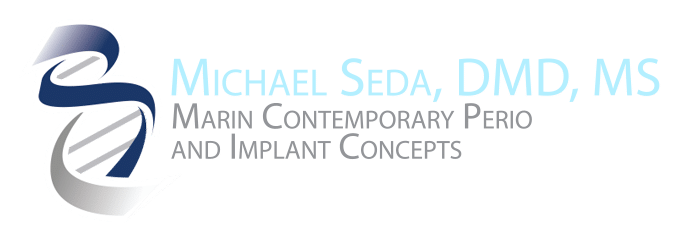
High Quality Periodontal Care You Can Trust
When you come to Marin Contemporary Perio and Implant Concepts, you can expect a friendly and professional dental team. Dr. Seda will listen carefully to your dental goals and provide a custom treatment plan that works with your budget and needs. We want you to fall in love with your smile again, so all our services are performed with the patient in mind. We want you to feel comfortable in the dental chair, and to feel confident in our services.
At Marin Contemporary Perio and Implant Concepts, we aim to provide cutting edge perio and implant solutions in a comfortable and relaxed environment, where patients feel we put them first. Scheduling an appointment for All-on-4 Dental Implants is the first step towards being confident in your smile once again. To schedule an appointment, please contact us today at (415) 482-9901.
